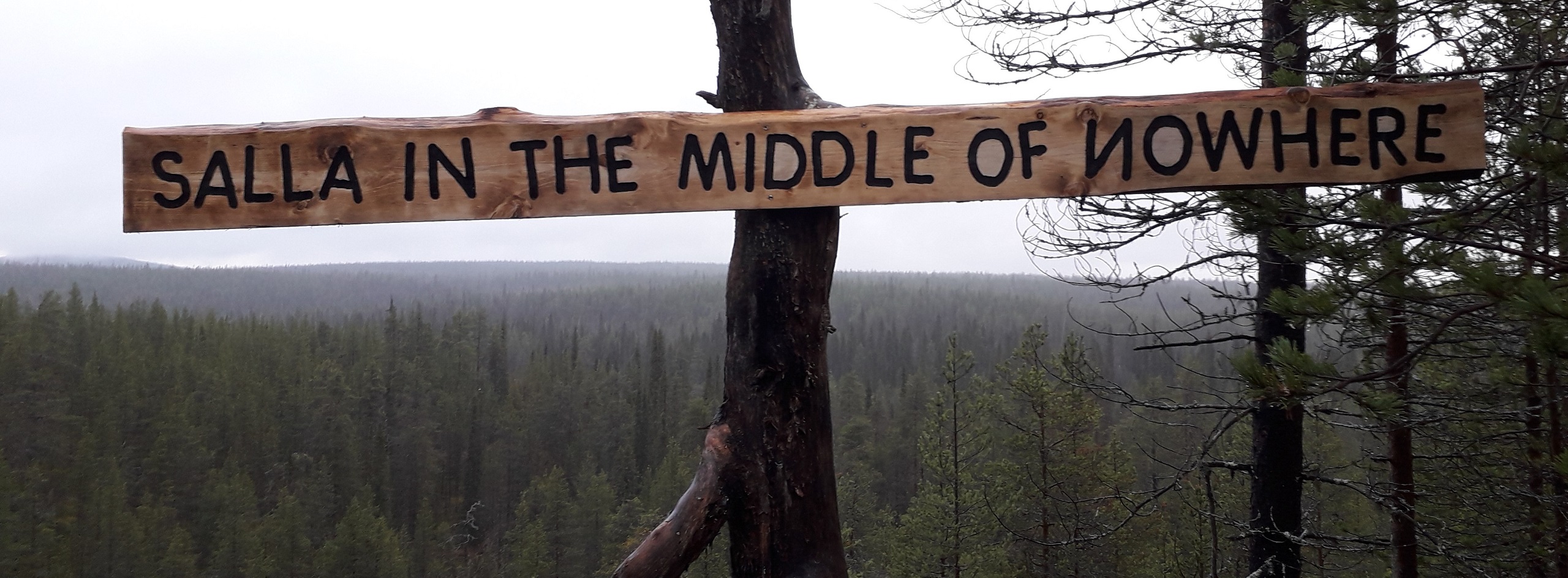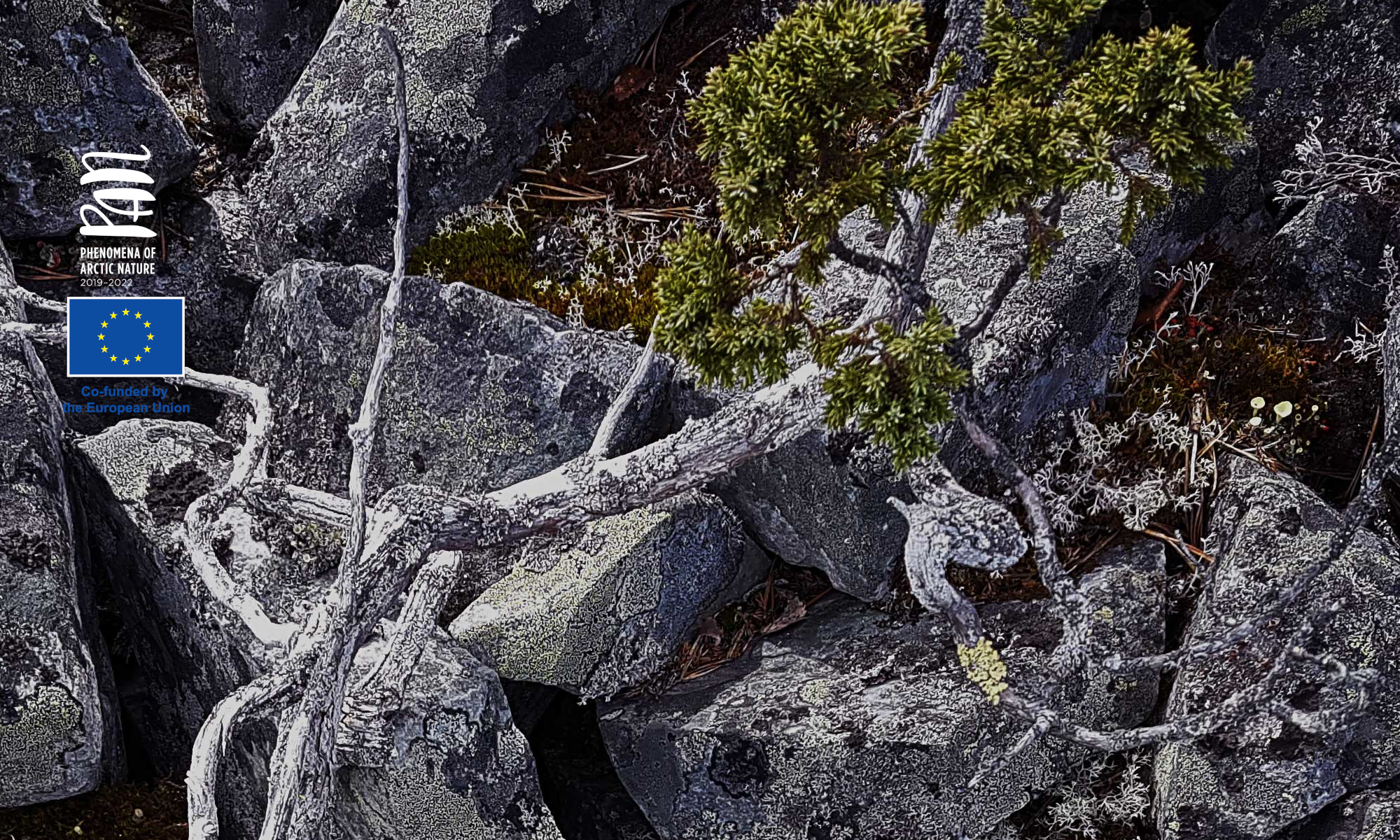Destination Identity

This lesson describes how a destination identity guiding concept planning is formed. Firstly, let’s have a look at how “destination” is defined.
Task 1: Analyse your nature-based tourism destination with the help of Morrison’s 10 As. Write your answers in the 10 As template (pdf file) and save it for yourself (Top right: click the arrow down, select Save with comments).
The concept is based on the company’s identity in particular; the spirit, principles of action, style, values and goals that are also to be communicated to the outside world.
In addition, one needs to see the company’s operations as part of something bigger and what added value the service offers to its customers. Part of a company’s identity is also its customers and how they appear to be.
An identity can be defined on various levels: for a destination, a company or a single service product. The destination or the company itself defines the identity, which directs the brand. The Identity Prism tool can be used to aid these reflections.
An image is the customer’s own vision of the product or brand. This vision is like a mirror for the brand operations. The customer’s vision cannot be wrong.
Subbrands are all independent service entities with their own identity and business concept, but they should follow the corporate strategy or the destination identity. Below you can find examples of how in Finnish Lapland, stakeholders were brought together to create a commonly accepted identity for their destination.
The Prezi presentation below presents the different aspects of identity. The identity prism of Ranua, a destination in Southern Lapland, Finland, is given as an example. Click the arrows to view the presentation.
(The presentation created for the MyStory project further clarifies what the Identity Prism is. )
The next video explains in detail how the Ranua identity prism was formed.
[embedyt] https://www.youtube.com/watch?v=-sCMedg_XcQ&width=600&height=400[/embedyt]
The next article discusses how the destination identity was co-created for Sompio by the destination stakeholders and then taken into use.
[pdf-embedder url=”https://blogi.eoppimispalvelut.fi/phenomenaofarcticnature/files/2020/11/Kaihua-Sipponen-Destination-Identity.pdf” title=”Kaihua-Sipponen Destination Identity”]
Task 2: Use the Destination Identity Template (pptx file) for defining the identity of your destination, preferably together with the other companies and stakeholders in the destination.
Read more about the Ranua co-creation process:
Developing Destination Experience and Digital Marketing in Co-creation Process (pdf)
Sources and further reading:
PALMA 2018. Mikä ihmeen brändi? PALMAn brändikortit auttavat ymmärtämään mistä tekijöistä brändi muodostuu. https://docplayer.fi/159264165-Mika-ihmeen-brandi-palma-n-brandikortit-auttavat-ymmartamaan-mista-tekijoista-brandi-muodostuu.html
PALMA 2018. Palvelun brändäys. http://www.palma.fi/palma-malli/brandays/Palvelun%20br%C3%A4nd%C3%A4ys.pdf
Pohjola, J. 2003. Ilme: visuaalisen identiteetin johtaminen. Jyväskylä: Gummerus.
Rautio, P. 2011. Jaetun maakunnan identiteetti – maakuntalehti Etelä-Karjalan alueidentiteetin muovaajana. In P. Rautio, T. Äikäs & M. Kohvakka (eds.) Jaetun maakunnan identiteetti. Näkökulmia eteläkarjalaiseen identiteettikeskusteluun. Etelä-Karjalainstituutti. Accessed 14.5.2018 https://aluejaymparisto.journal.fi/article/view/64393/25670.
Sammallahti, T. 2009. Konseptisuunnittelun supersankari. Helsinki: Books on Demand GmbH.
2019. The Development of a Destination Brand Identity: a Story of Stakeholder Collaboration. Current Issues in Tourism, 22:9, 1116-1132. DOI: 10.1080/13683500.2017.1369496.
Tellus 2. 2015. Yhteinen maailma. Kulttuuri ja alueellinen identiteetti. Accessed 9.5.2018 https://peda.net/p/siiri%20siirila/tellus2/tellus2-150115/2ai/ai.
